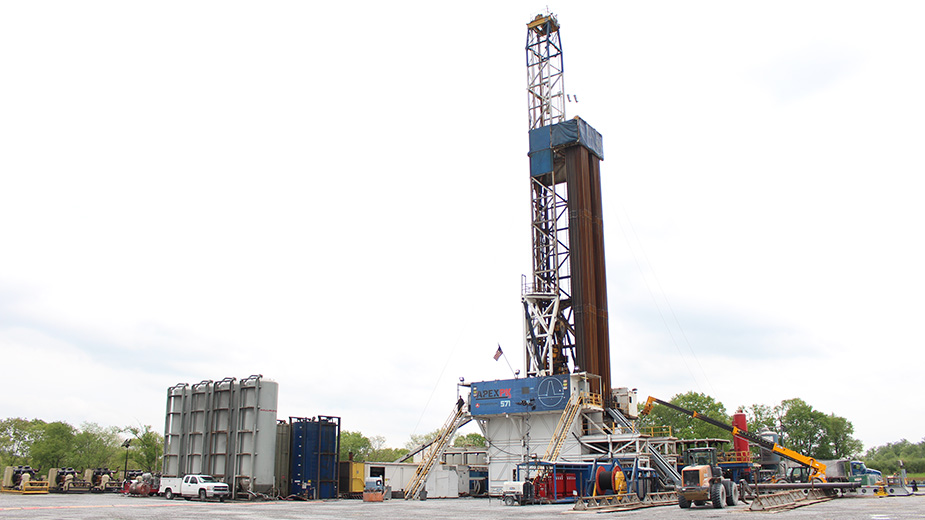Commentary: Natural Gas Is Great for the Valley
By Jeffery C. Dick, Chairman of Youngstown State University’s Department of Geological and Environmental Sciences
YOUNGSTOWN, Ohio – The advent of shale energy a.k.a. “fracking” has revolutionized the domestic oil and gas industry and has placed the U.S. as the world’s largest producer of oil and natural gas exceeding Saudi Arabia and Russia. We are well on our way to energy independence and the people of the Mahoning Valley are benefiting from shale energy in the form of economic development and from access to a reliable, clean, and inexpensive source of energy.
Not everyone sees it this way as oil and gas production and consumption are sources of greenhouse gases that contribute to climate change. A minority of passionate environmental activists prefer foregoing domestic energy independence and all its benefits in exchange for switching to renewable energy sources such as solar and wind.
While that does sound appealing, it cannot be ignored that solar and wind energy combined satisfy less than two percent of our domestic energy consumption and large scale energy production is handicapped by the lack of a smart energy grid to transmit power and the battery technology necessary to store power after the sun sets and the wind dies. No one can predict when solar and wind power may displace natural gas as it is dependent on non-existing technology.
In an effort to draw attention to their cause and stop shale energy development, environmental activists agitate the public using scare tactics, which one by one are proven false or greatly exaggerated. Examples include reduced property values, widespread water pollution, earthquakes, explosions, toxic fumes, radioactive materials and most recently, exaggerated dangers and misinformation concerning the domestic pipeline infrastructure needed to safely move oil, gas and petroleum products to refineries, markets and end-users.
This past December, the U.S. EPA released the results of its five year comprehensive study of hydraulic fracturing and its potential impact on drinking water resources. The EPA found no evidence to support the notion that hydraulic fracturing directly impacts water quality and only reasserted established facts and risks well known to the oil industry and regulatory agencies.
The exaggerated issue of earthquakes and injection wells has lost its steam as demand for injection has declined as 85% of Utica and Marcellus produced water is recycled and not injected. The climate in Washington has changed and the politically motivated roadblocks to pipeline construction are being removed. This will stimulate more drilling and production from shale plays across the country and our region in particular.
Youngstown and the tri-state area have benefited from the resurgence of oil and gas production with the Utica and Marcellus shales and will continue to benefit far into the future. The natural gas, oil and natural gas liquids of the Utica and Marcellus shales are still in the early stages of development. As more pipelines are built to move products to markets and refineries, demand will grow and more wells will be drilled.
The construction of the $6 billion Royal Dutch Shell ethane cracker in Monaca, Pa., and the $5 billion PPT cracker in Belmont County needed to process Marcellus and Utica ethane are two huge projects within the emerging Ohio River valley petrochemical corridor that will certainly attract associated industries and lead to sustained economic development.
The planning and construction of 10 new natural gas fired power plants in eastern Ohio that will produce a combined total of more than 500 megawatts is another benefit that will reduce our demand on coal while at the same time greatly reducing greenhouse gas emissions. Similar natural gas power plants are in the works for Pennsylvania and West Virginia.
Finally, having a reliable source of clean and low cost energy will help attract industry and high-paying jobs back to our region. We are in the midst of an energy renaissance that is transforming our region and the country in ways that could never have been imagined just ten years ago.
Copyright 2024 The Business Journal, Youngstown, Ohio.



